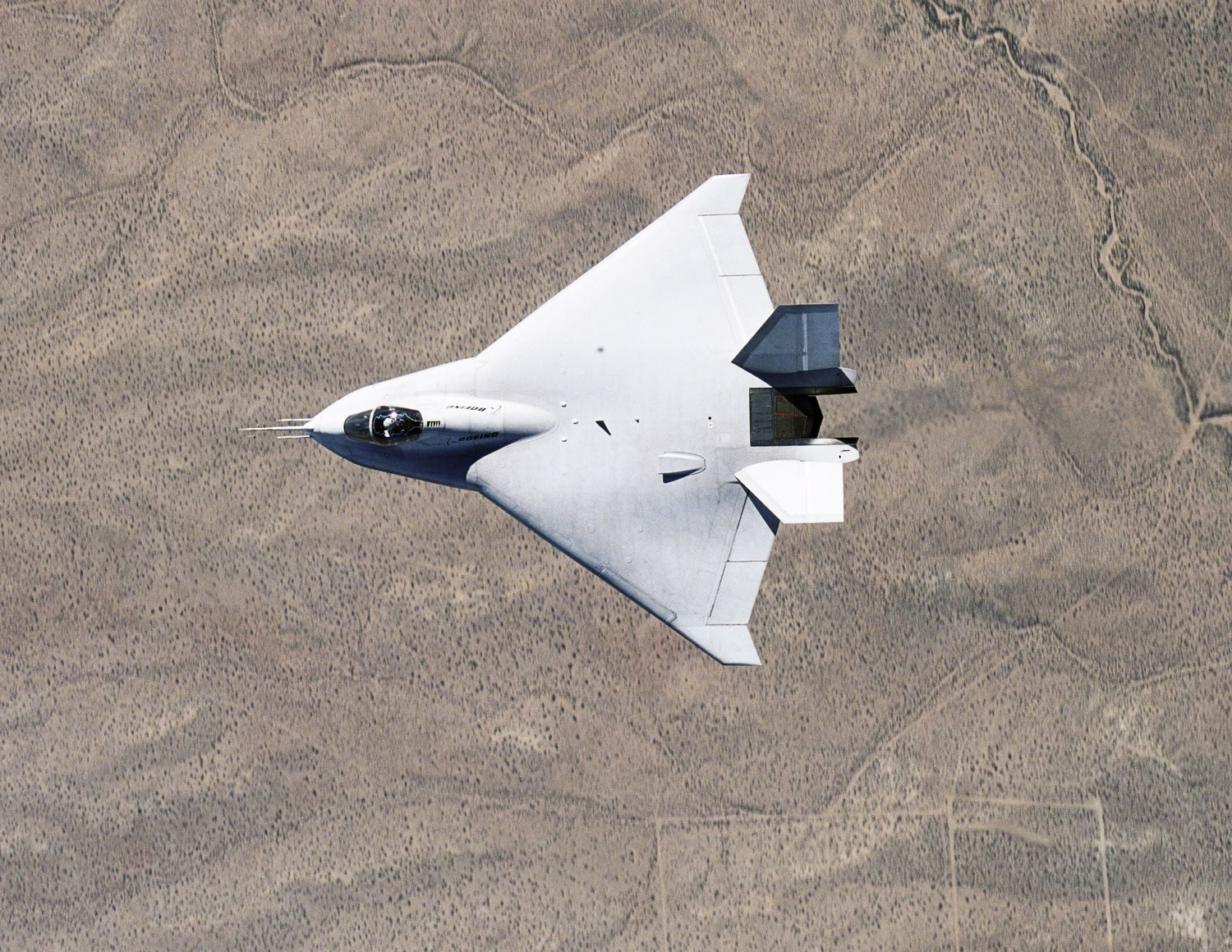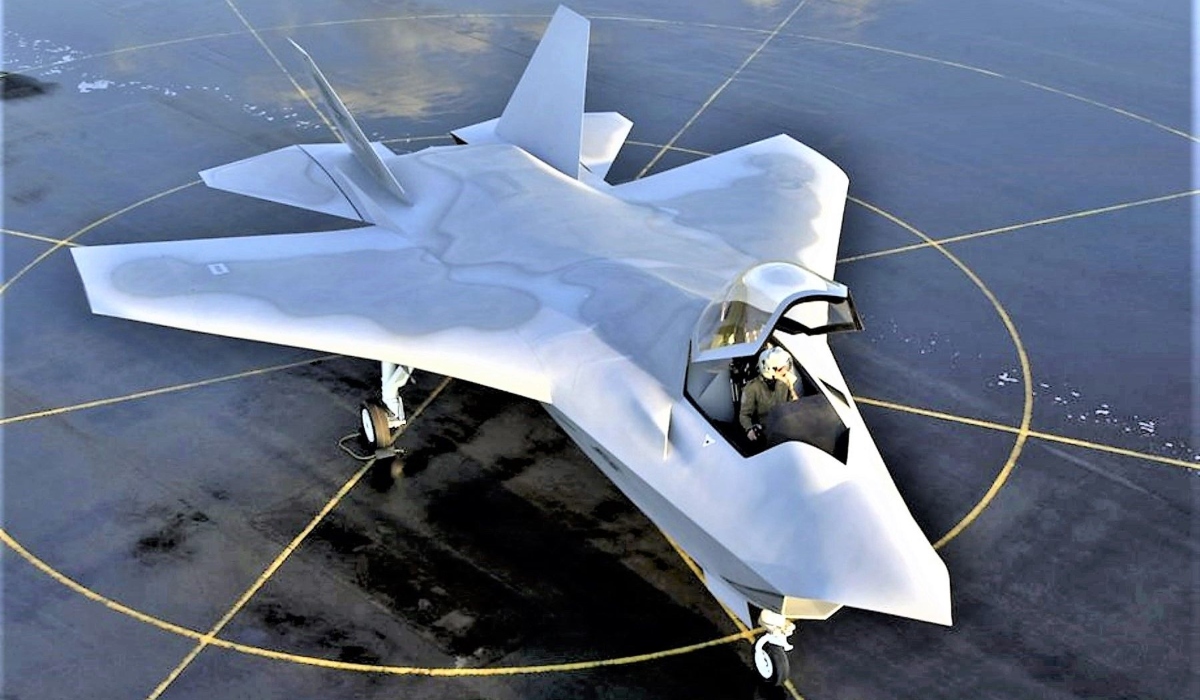The Boeing X-32
Boeing was given a four-year contract by the US Department of Defense in 1996 for the Joint Strike Fighter (JSF) program competition’s concept demonstration phase. The intention was to create a low-cost, multirole tactical aircraft that could be used by the US Air Force, Navy, and Marine Corps, as well as the Royal Air Force and Navy of the United Kingdom.
At its plant in Palmdale, California, Boeing assembled the X-32A and X-32B concept demonstration aircraft.
On Sep. 18, 2000, the X-32A made its first flight from Palmdale to Edwards Air Force Base, Calif. The X-32A demonstrated conventional takeoff and landing characteristics for the Air Force as well as carrier approach flying qualities for the Navy. The aircraft made 66 flights during four months of testing. The flights validated the aircraft’s handling qualities for inflight refueling, weapons bay operations, and supersonic flight.
The X-32A took off from Palmdale and made its first flight to Edwards Air Force Base in California on September 18, 2000. The Air Force used the X-32A to demonstrate conventional takeoff and landing characteristics, and the Navy used it to demonstrate carrier approach flying qualities. The aircraft was tested for four months, making sixty-six flights. The aircraft’s handling qualities for supersonic flight, weapons bay operations, and in-flight refueling were confirmed by the flights.
On March 29, 2001, the X-32B aircraft took off for its maiden flight. It completed 78 test flights in four months, including a transcontinental ferry flight from Edwards Air Force Base to Naval Air Station Patuxent River, Maryland. The aircraft successfully transitioned to and from STOVL flight mode by using its direct-lift system to redirect thrust from the aircraft’s cruise nozzle to the lift nozzles. Additionally, the X-32B demonstrated off its capacity for hovering and vertical landings.
Following the end of the flight tests in July 2001, the Department of Defense declared on October 26 of that same year that the Lockheed Martin X-35 had been chosen over the X-32. The X-35 was further developed into the F-35 Lightning II.
The Boeing F-32 may have had some advantages over the F-35
Were there any areas where the Boeing X-32 was better than the Lockheed Martin X-35?
‘Of note was that the X-32 arrived at the competition nearly a month before the X-35. It was ready to go, and clearly had the early lead,’ says David Tussey, former US Navy A-7 pilot, on Quora.
– Probably cheaper. The X-32 took a less complex design, more manufacturable approach. And the proposed final design, which was different from the prototype, was much more conventional (dropped that one-piece delta wing).
– More survivable in combat. Probably, again owing to the less complex design.
– Probably more expandable, over time. I think the Lockheed design is somewhat more rigid, but that’s mostly speculation.
Tussey concludes;
‘One can only imagine what the designs would have looked like had the STOVL requirement been dropped. Once the Lockheed thrust-fan was proven to work, the competition was all over.’

The F-32 would have had the same issues of the F-35
However, as the mockup of the final F-32 shows, the aircraft would have had a totally revised wing (in place of the large delta wing of the X-32) and taileron concept. ‘When the competition winner was announced, this F-32 only existed on paper and in fiberglass models. It would have required years of further development to come to fruition,’ says David Rendall, an aviation expert, on Quora.

‘Boeing hadn’t fully appreciated the naval aspects of control in carrier landings and so had to start afresh after they finalised the X-32. It was a huge error on their behalf and was one of the reasons they lost the deal, X-35 was much closer to the final product.’
Rendall concludes;
‘Most of the problems with F-35 have come from new avionics and coding issues and maintenance of the stealth outer coating. These would have been the same systems and materials used on F-32 so it would have had many of the same delays and problems on top of it needing a couple more years in the wind tunnel.’
Photo by Boeing and U.S. Air Force

